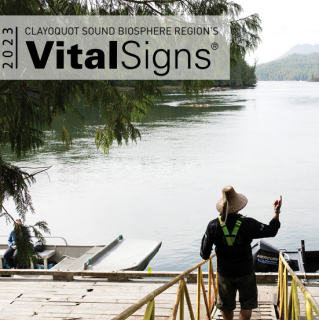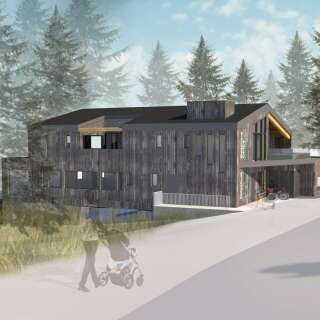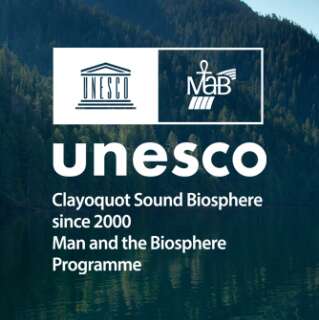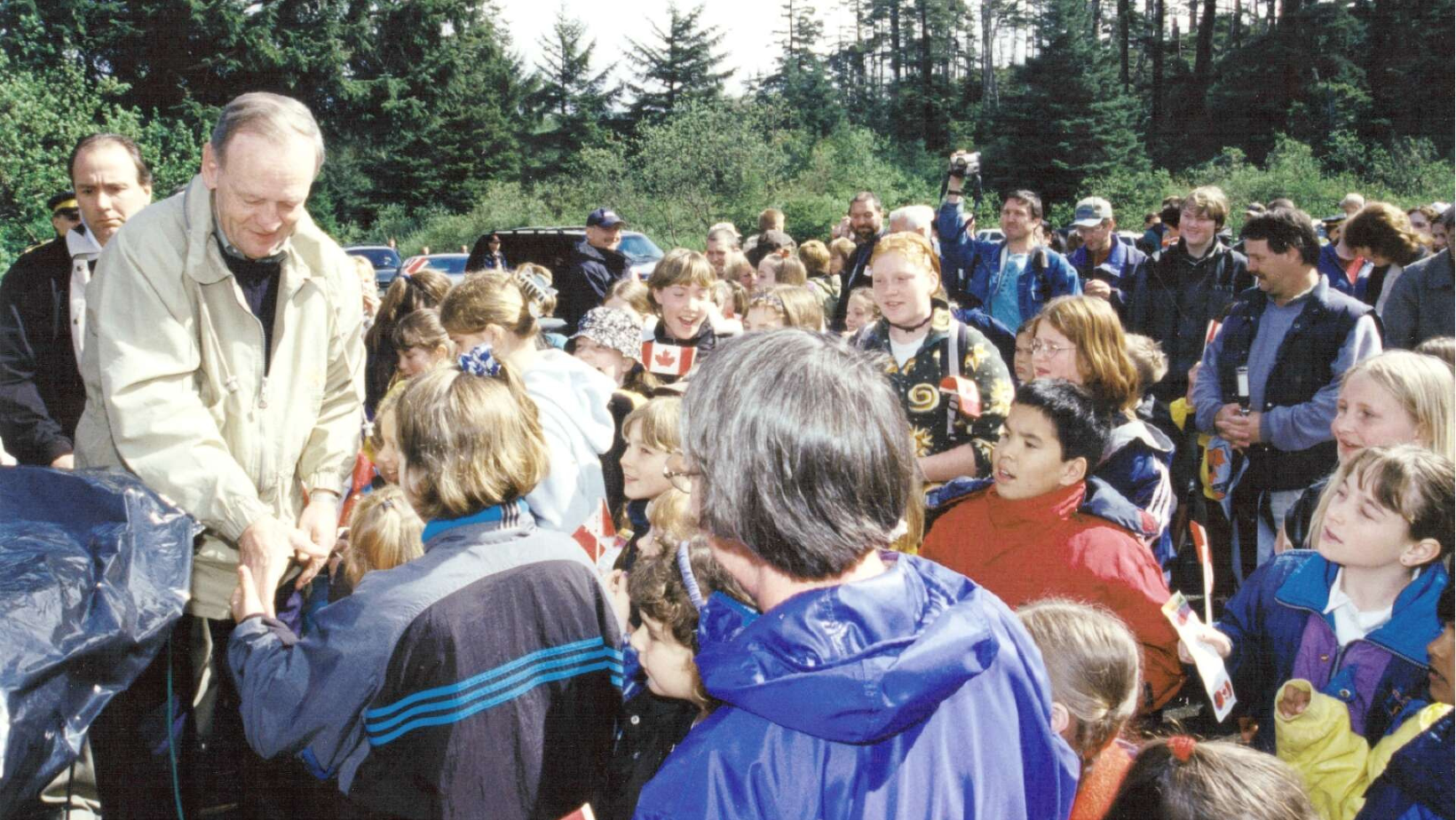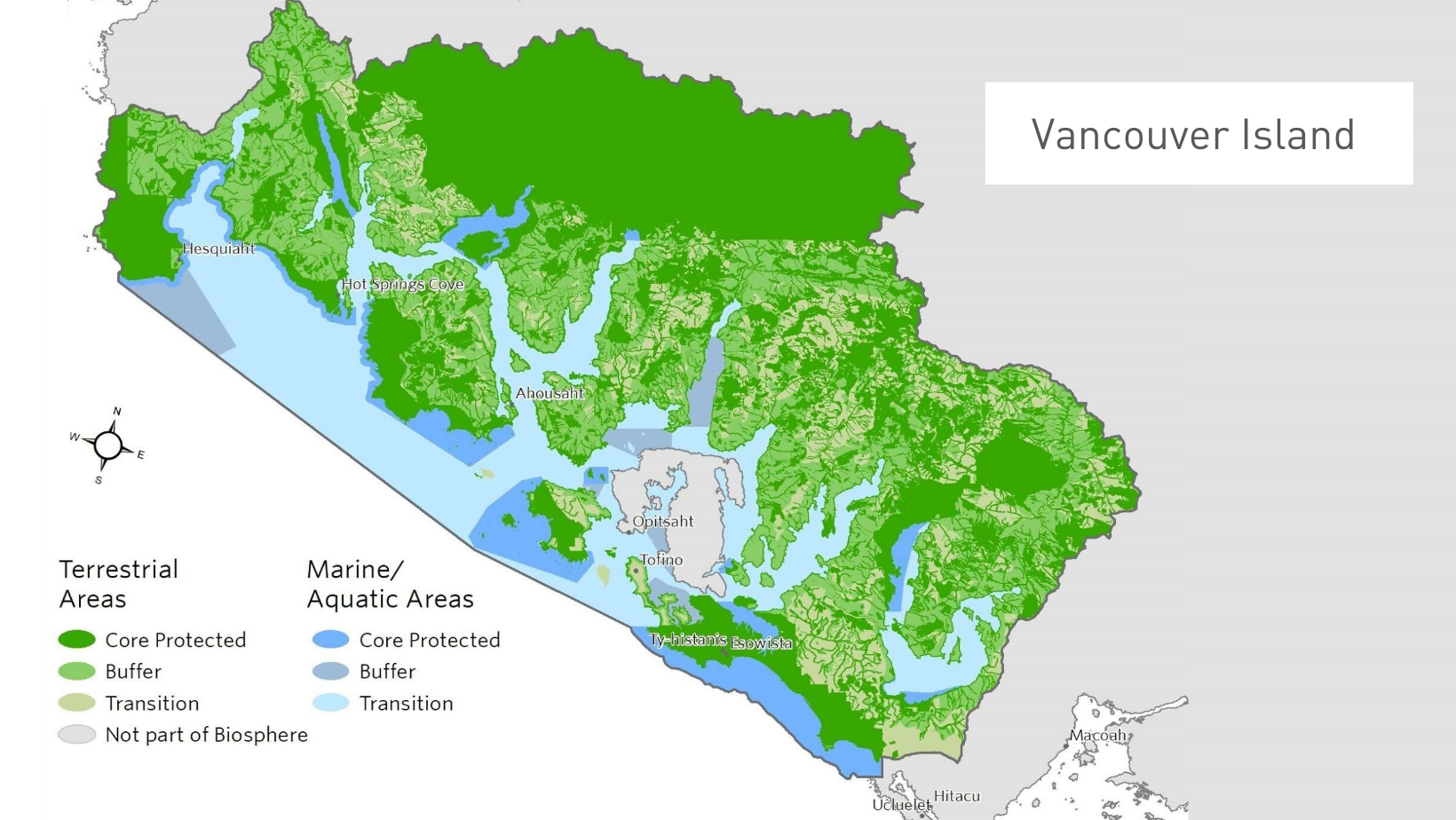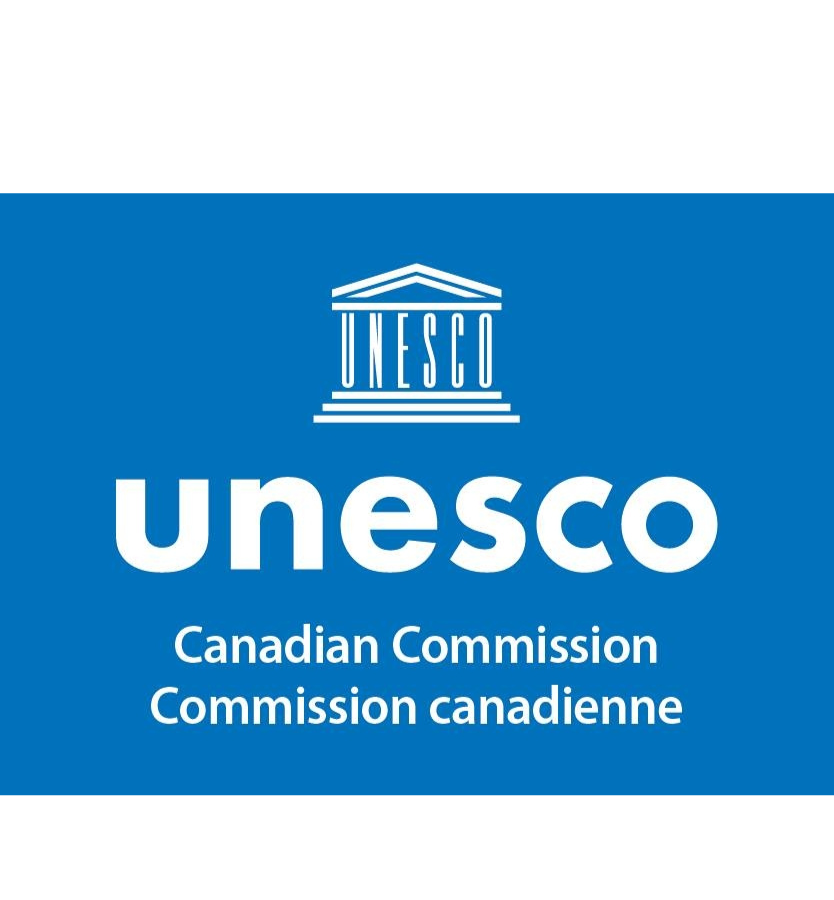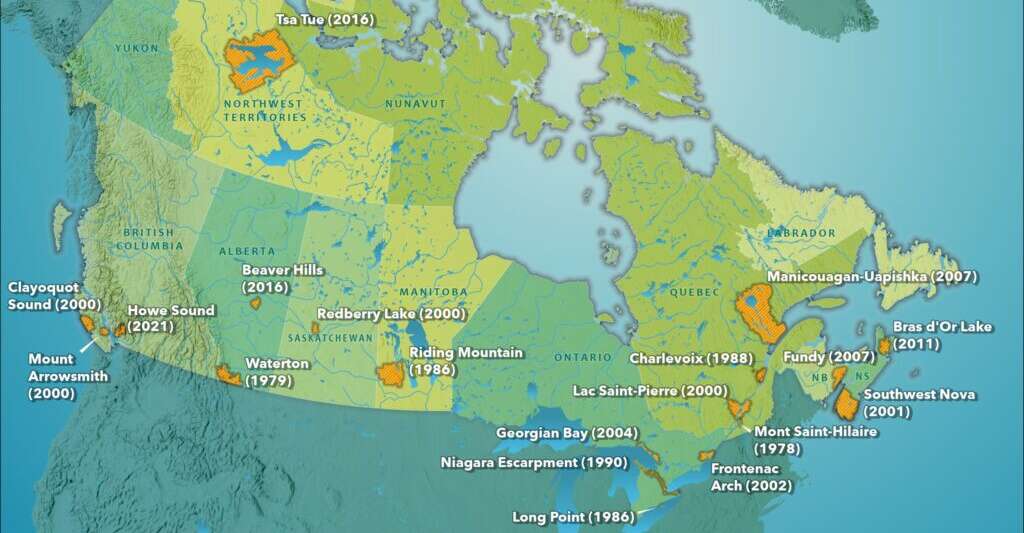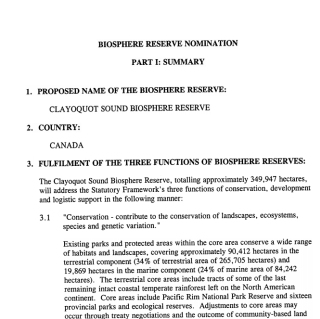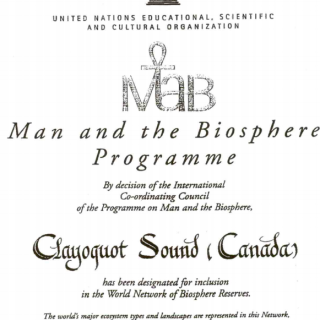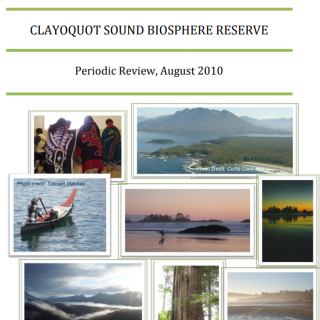Clayoquot Sound UNESCO Biosphere Region
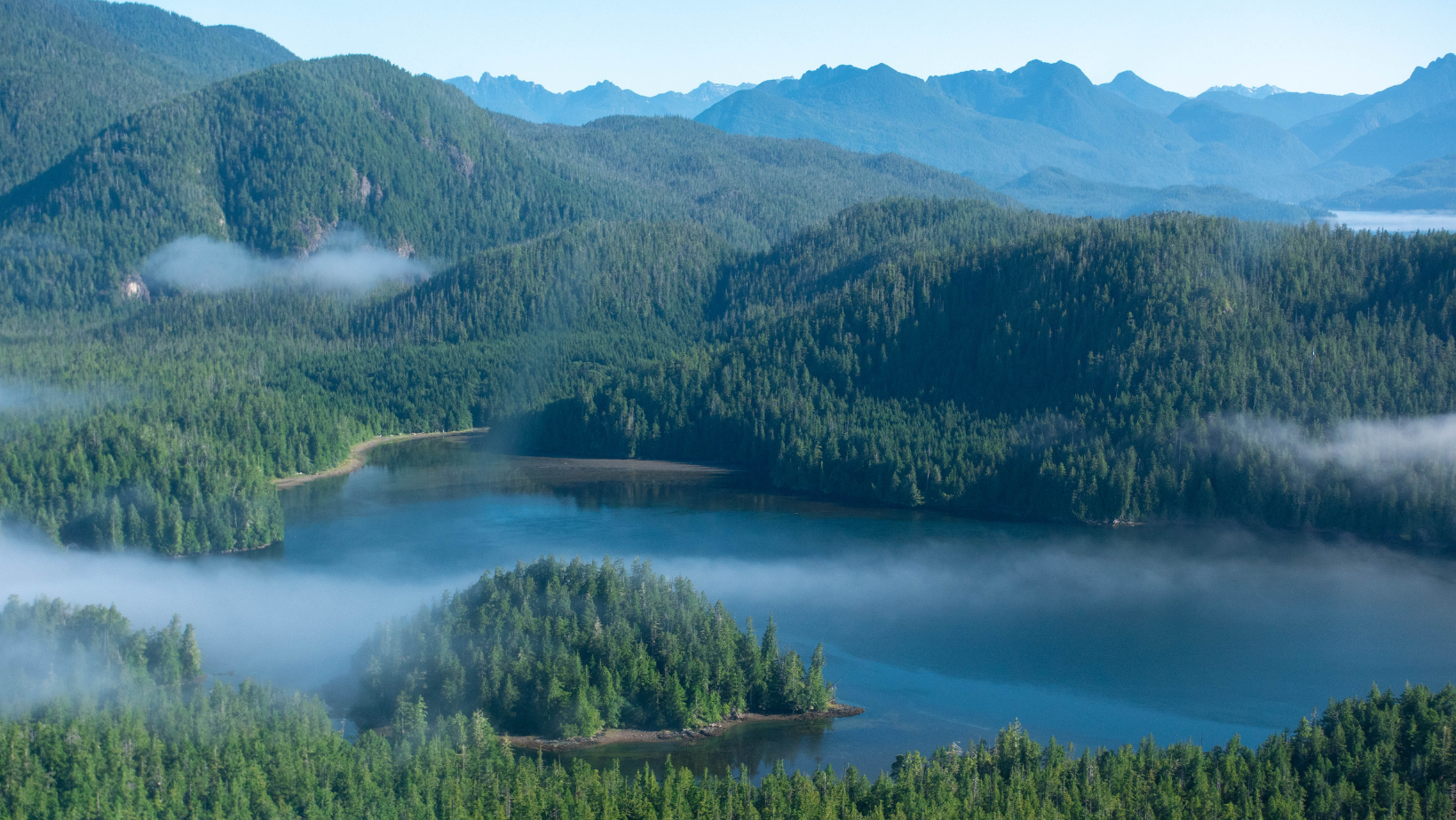 Photo credits: Ben Grayzel
Photo credits: Ben Grayzel
The Clayoquot Sound UNESCO Biosphere Region (CSBR) is one of British Columbia’s three biosphere regions and one of 19 in Canada. Globally, over 750 biosphere regions across more than 135 countries, including several transboundary sites, are part of the UNESCO World Network of Biosphere Regions. Notable examples include the Galápagos Islands in Ecuador, Serengeti-Ngorongoro in Tanzania, and Yellowstone National Park in the United States.
Designated in 2000, the CSBR is renowned for its breathtaking beauty and rich biodiversity, as well as its historical and traditional significance. The designation highlights Clayoquot Sound’s role as a global conservation priority, essential for climate resilience, reconciliation, and conservation. The region, home to some of the world’s last remaining old-growth coastal temperate rainforests, provides crucial habitat for many endangered, vulnerable, and threatened species. As development pressures on old-growth forests increase globally, the ecological importance of Clayoquot Sound is even more critical.
This region’s delicate balance between human communities and the natural environment is a testament to the sustainable practices and harmonious relationships fostered by Indigenous stewardship. The CSBR is designated in the traditional territories of the hiškʷiiʔatḥ (Hesquiaht First Nation), ƛaʔuukʷiʔatḥ (Tla-o-qui-aht First Nations), Yuułuʔiłʔatḥ Government (Ucluelet First Nation), and tukʷaaʔatḥ (Toquaht Nation), who have stewarded these lands since time immemorial.
The Clayoquot Biosphere Trust is the local organization that stewards the spirit and intent of the UNESCO biosphere designation and is the only organization in Canada that is both a community foundation and a UNESCO biosphere region.


